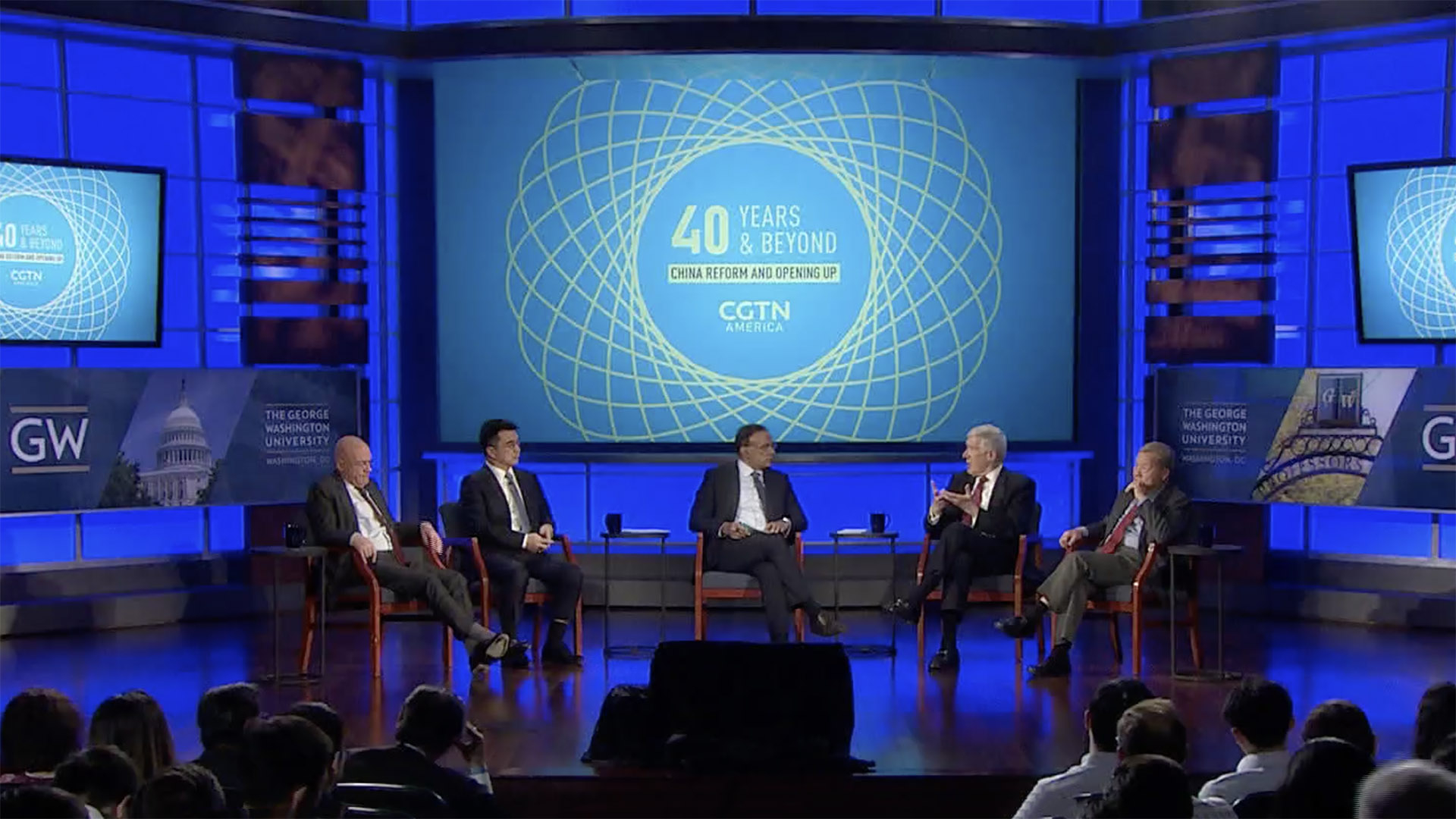
Opinions
12:45, 10-Jan-2019
China-U.S. ties have become intertwined over the past 40 years
Updated
12:17, 13-Jan-2019
CGTN's The Heat
02:26

Forty years ago, China adopted its reform and opening-up policy under Deng Xiaoping's proposal. One year later, China and the United States established their diplomatic ties in January 1979.
How has China-U.S. relationship intertwined over the last 40 years? What are the current and future challenges that the two major players of the world encounter, and how will the bilateral relations evolve in the following years?
Robert Hormats, former U.S. undersecretary of state and vice chairman at the Kissinger Associates, believes that the U.S.-China ties are significant to China's reform and opening-up policy.
Before the establishment of Sino-U.S. diplomatic relations, China was not a part of any multilateral framework in the world. It had not been a member of GATT, IMF, World Bank, or any international financial organization. China's economy was not integrated into the world's.
One of the most significant outcomes that Sino-U.S. diplomatic relationship brought for China is that more Chinese have started to go to the United States to study, and more foreign advisers went to China. The people-to-people exchanges have contributed to China's rapid development in the following years.
With the reform and opening-up policy, China witnessed a remarkable economic leap. Hormats believes that the previous decades of cooperation pattern had gone where China and the U.S. specialized in different sectors of the supply chain - the U.S. as a technology leader while China was labor intensive. Nowadays, China's capacity development and technological ambition are changing the Sino-U.S. trade pattern.
Zhou Jingxing, minister-counselor and chief of political section of the Chinese Embassy in the U.S., is optimistic about the China-U.S. relations. He believes that the cooperation has been the mainstream over the past 40 years and the two countries will continue to cooperate in a foreseeable future.
The confidence stems from the economic globalization where the labor market will be redistributed across the world, and all countries are moving up in the supply chain.
Martin Jacques, the senior fellow at the Department of Politics and International Studies at Cambridge University, shared his views on whether the United States is ready not to be the only hegemon in the world.
China and the U.S. are starting to see a more equal relationship over the years. The United States is challenged at multiple fronts and will suffer an identity crisis as it has long been the hegemon ever since the end of the Second World War.
Looking at the current international trade pattern, Yukon Huang, the senior fellow with the Asia program at Carnegie Endowment for International Peace, believes that the trade relations between China and Europe are much more stable than that between China and the United States.
The European Union, the United States, and China are now crossing on the same point where the three economies share equal purchasing power parity. China is rising, while the United States and Europe are declining. At the same time, the three players share a similar proportion of the international trade.
The EU is generating significant trade surplus with China. Its trade with China covers a whole spectrum of manufacturing products, while U.S.-China trade is focused on agricultural commodities and planes.
Sino-U.S. trade disputes painted a faint future of their ties. Competition and cooperation coexist in technological collaboration, which is usually national security-sensitive. In the meantime, Chinese and U.S. scholars are seeing more needs to tackle the world's demanding technical challenges.
With economic and trade difficulties ahead of the U.S.-China relationship, the two countries must enhance mutual understanding and work together for a more stable international institution.
(If you want to contribute and have specific expertise, please contact us at opinions@cgtn.com.)

SITEMAP
Copyright © 2018 CGTN. Beijing ICP prepared NO.16065310-3
Copyright © 2018 CGTN. Beijing ICP prepared NO.16065310-3